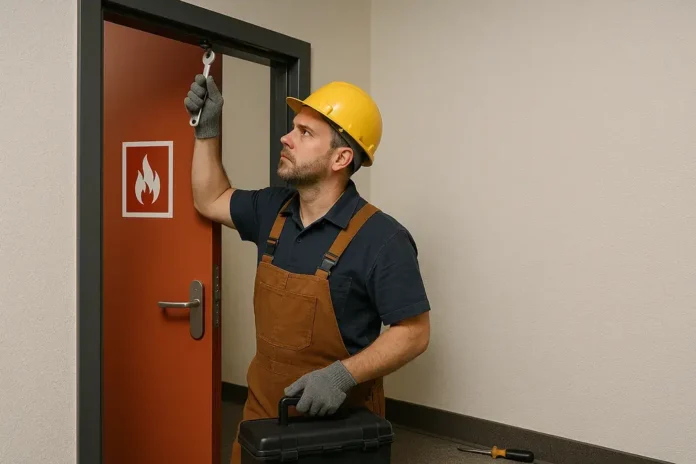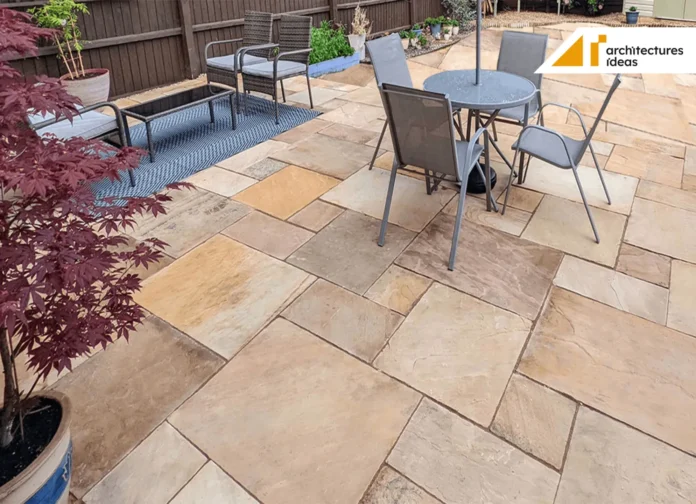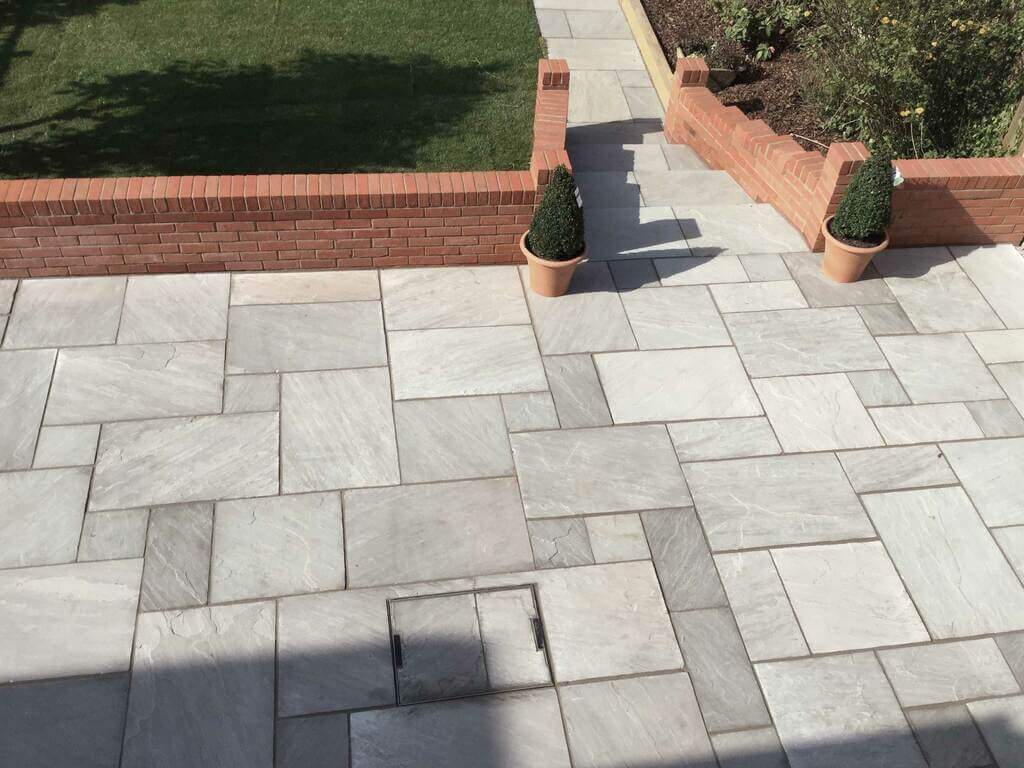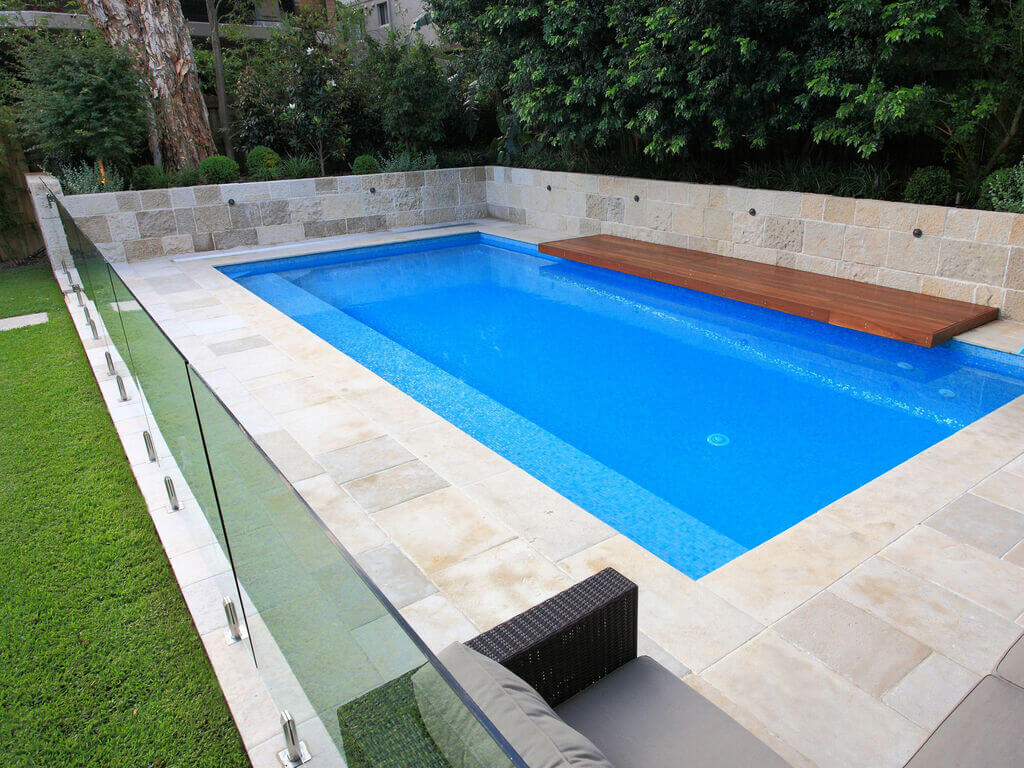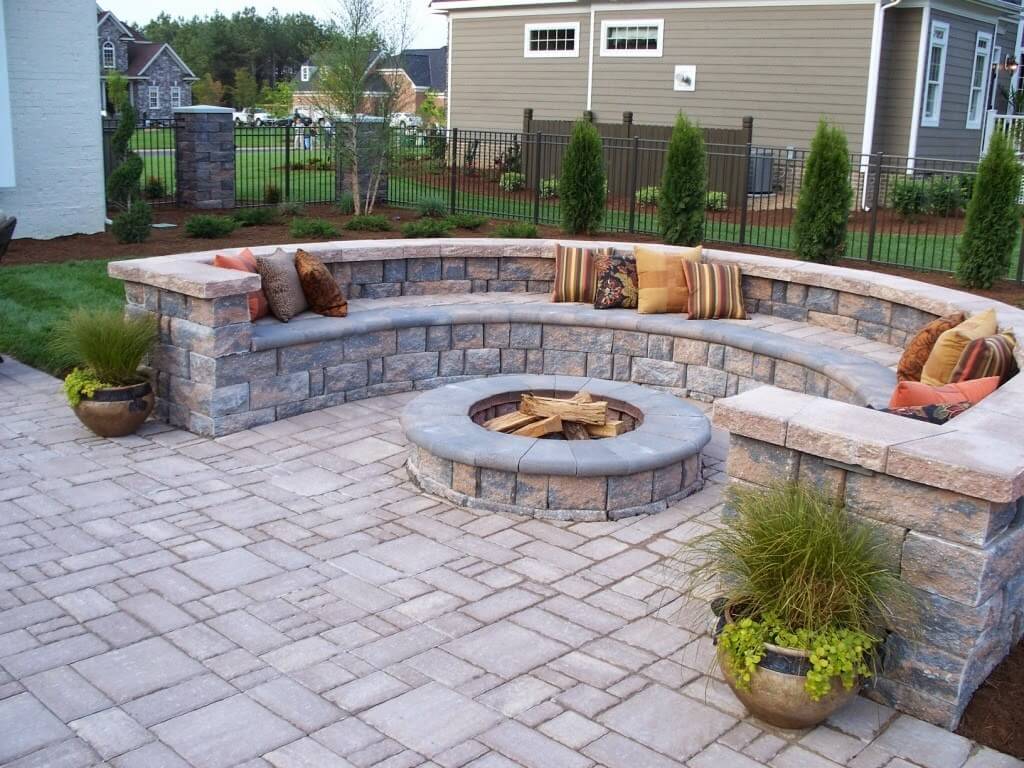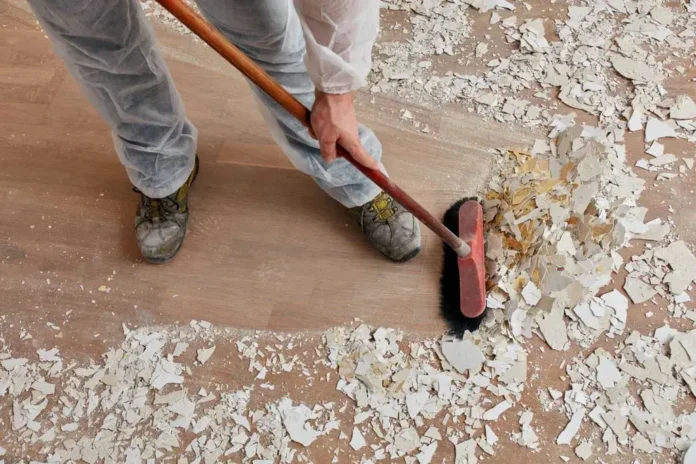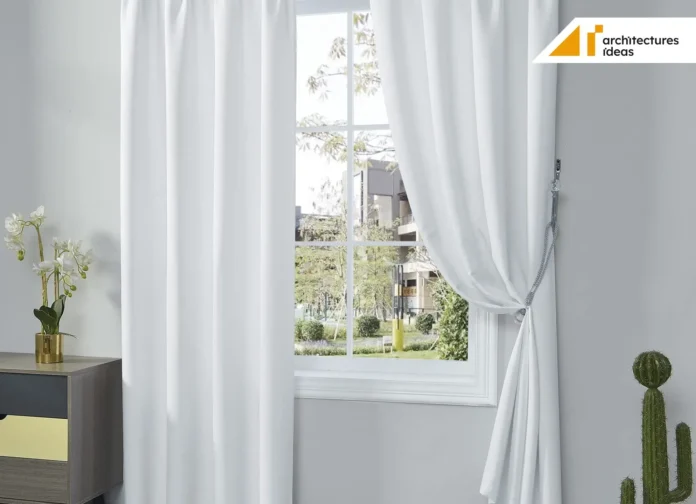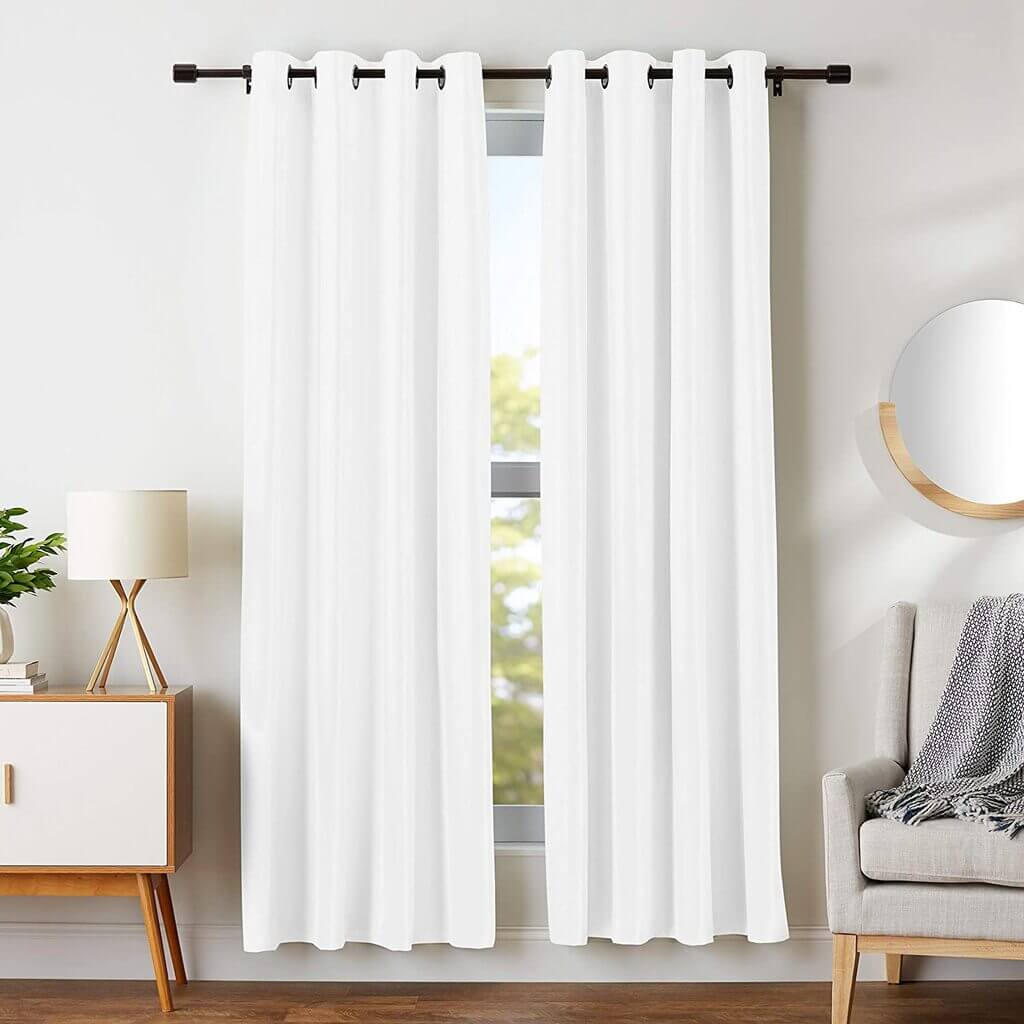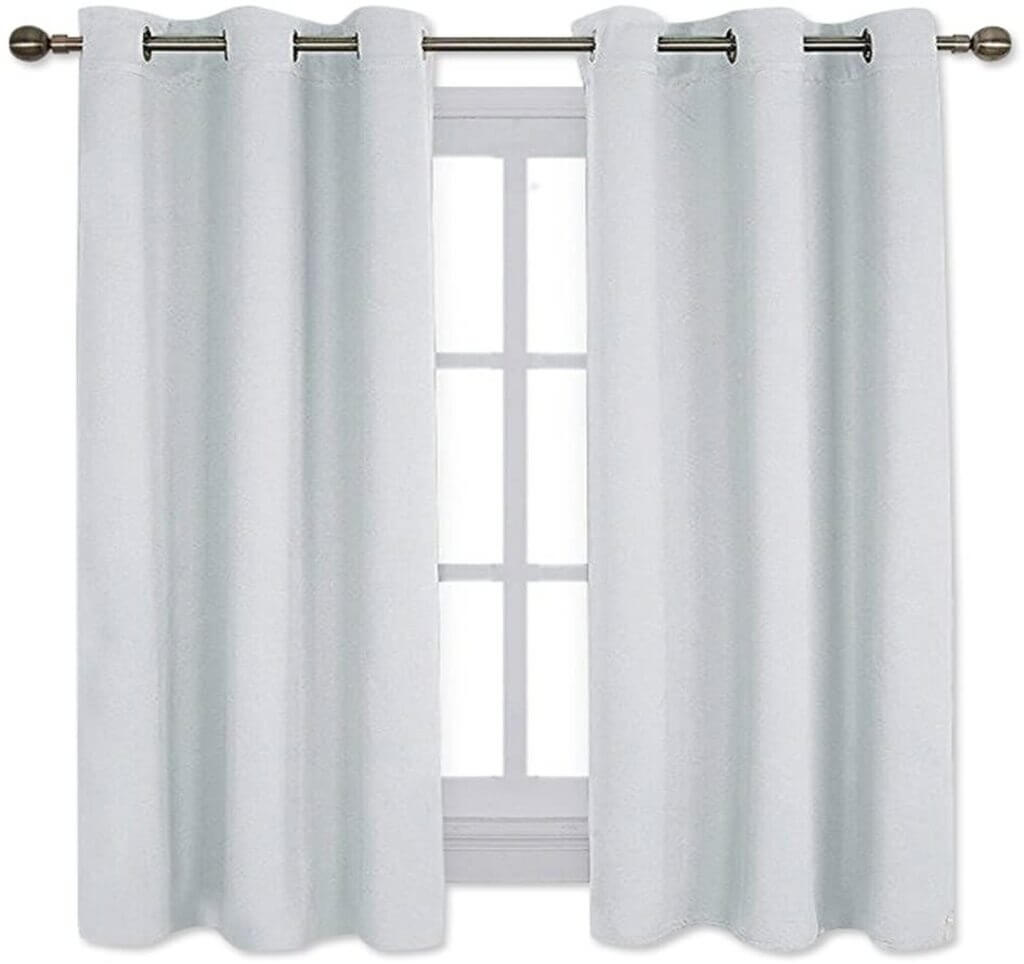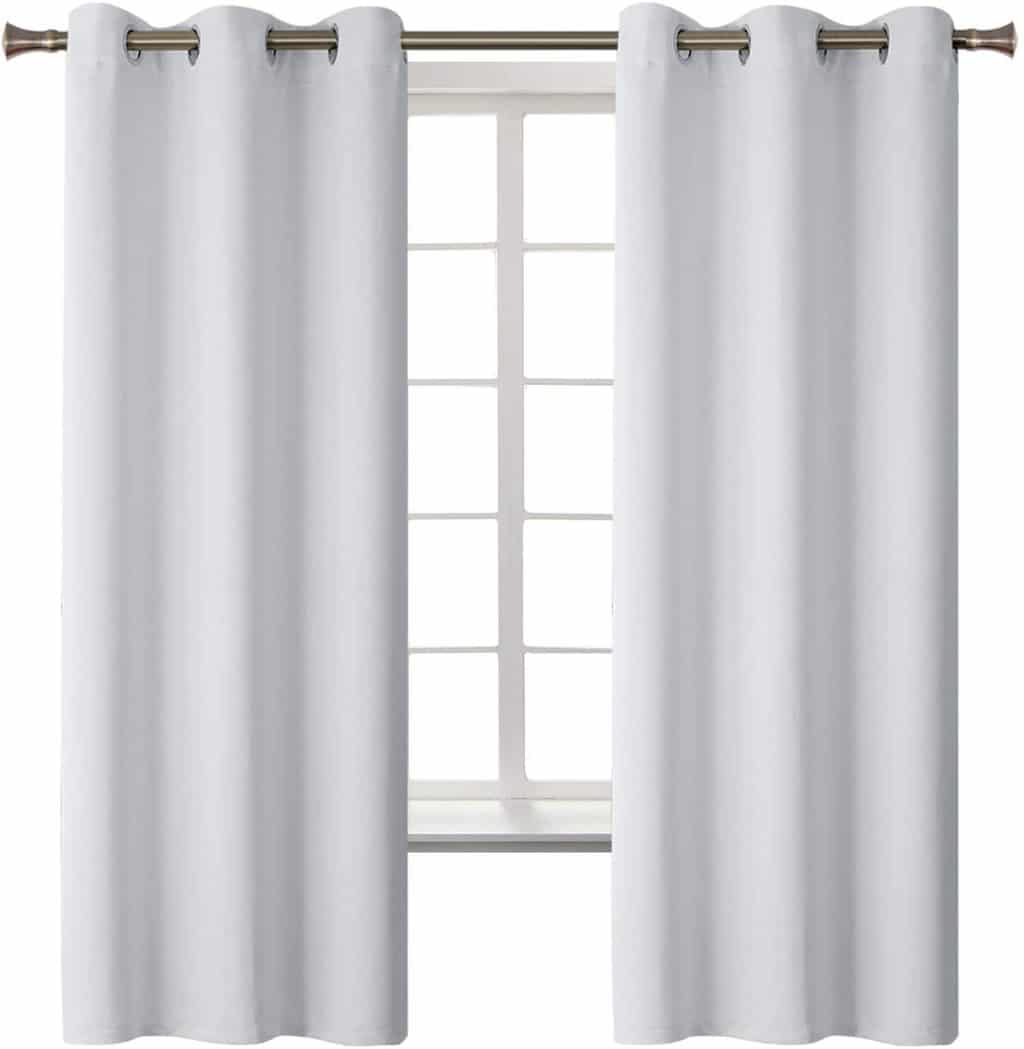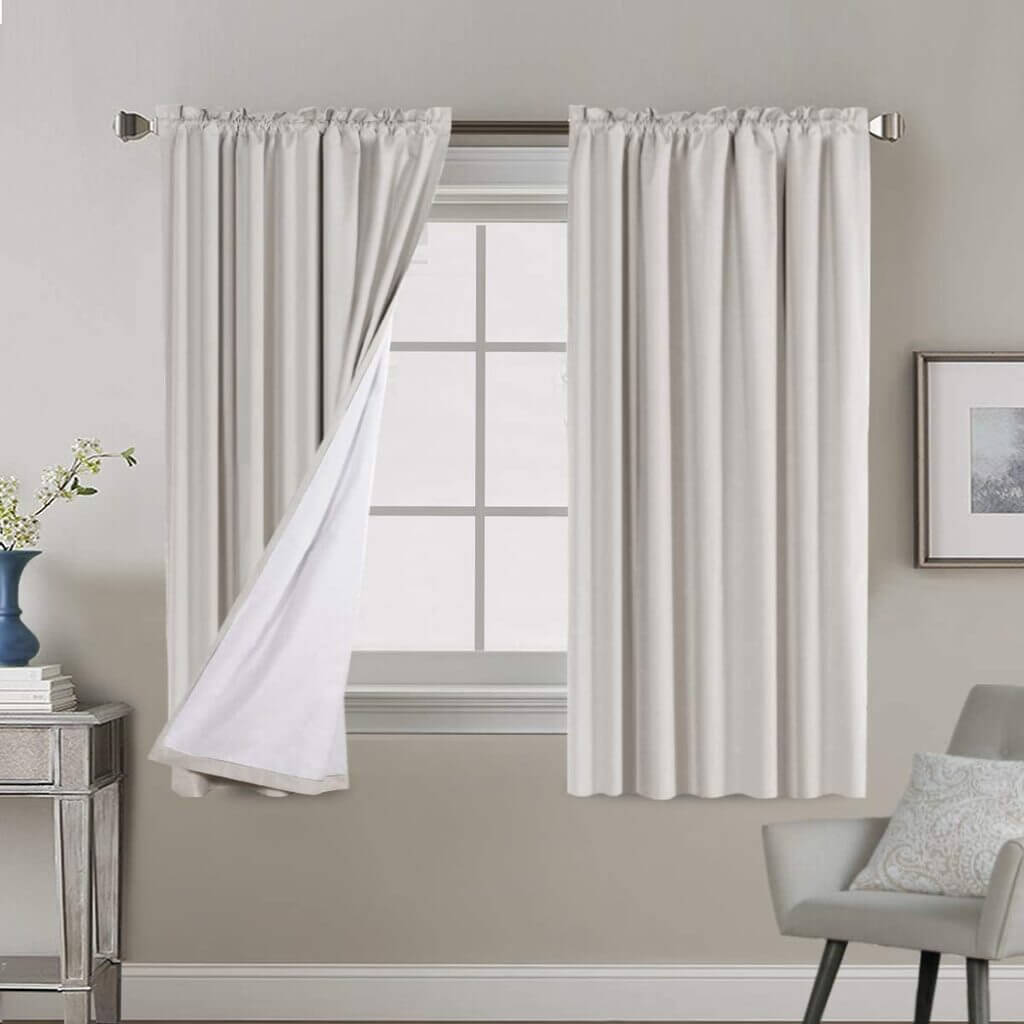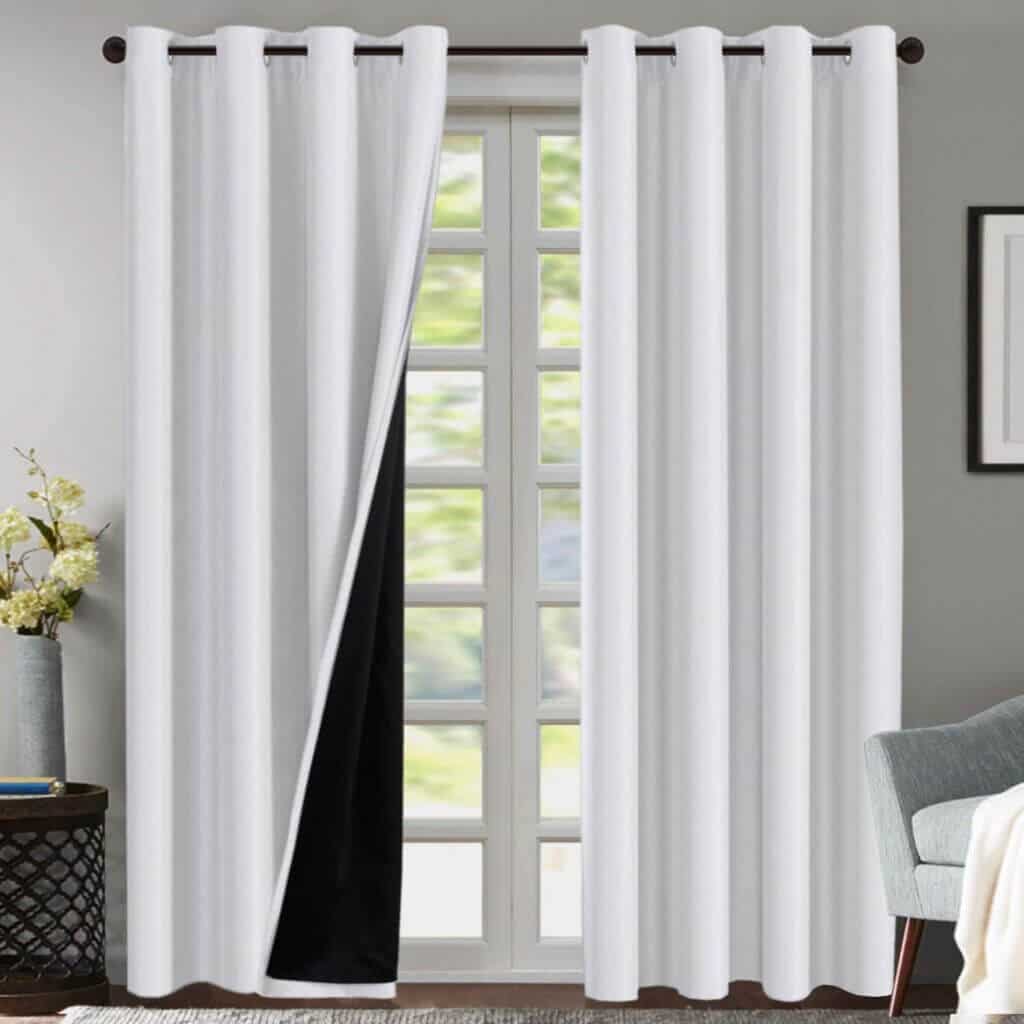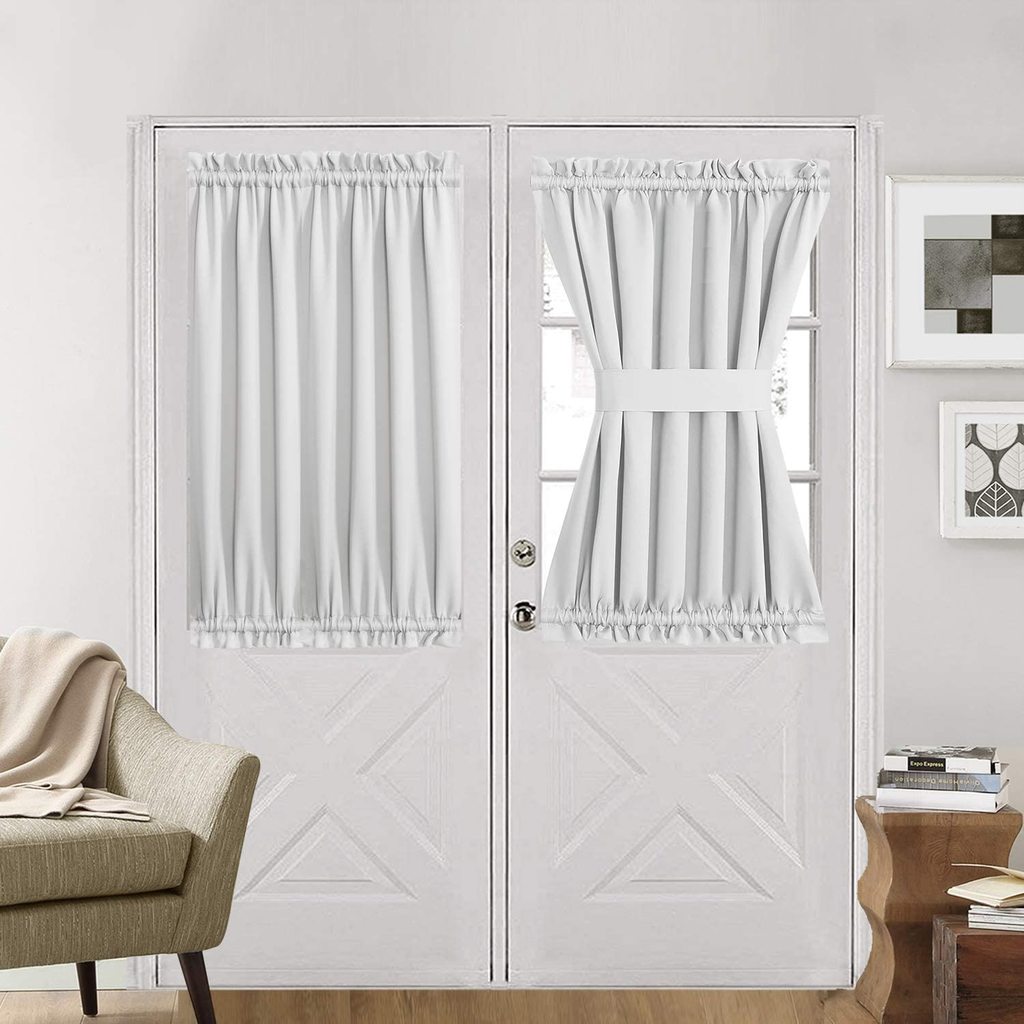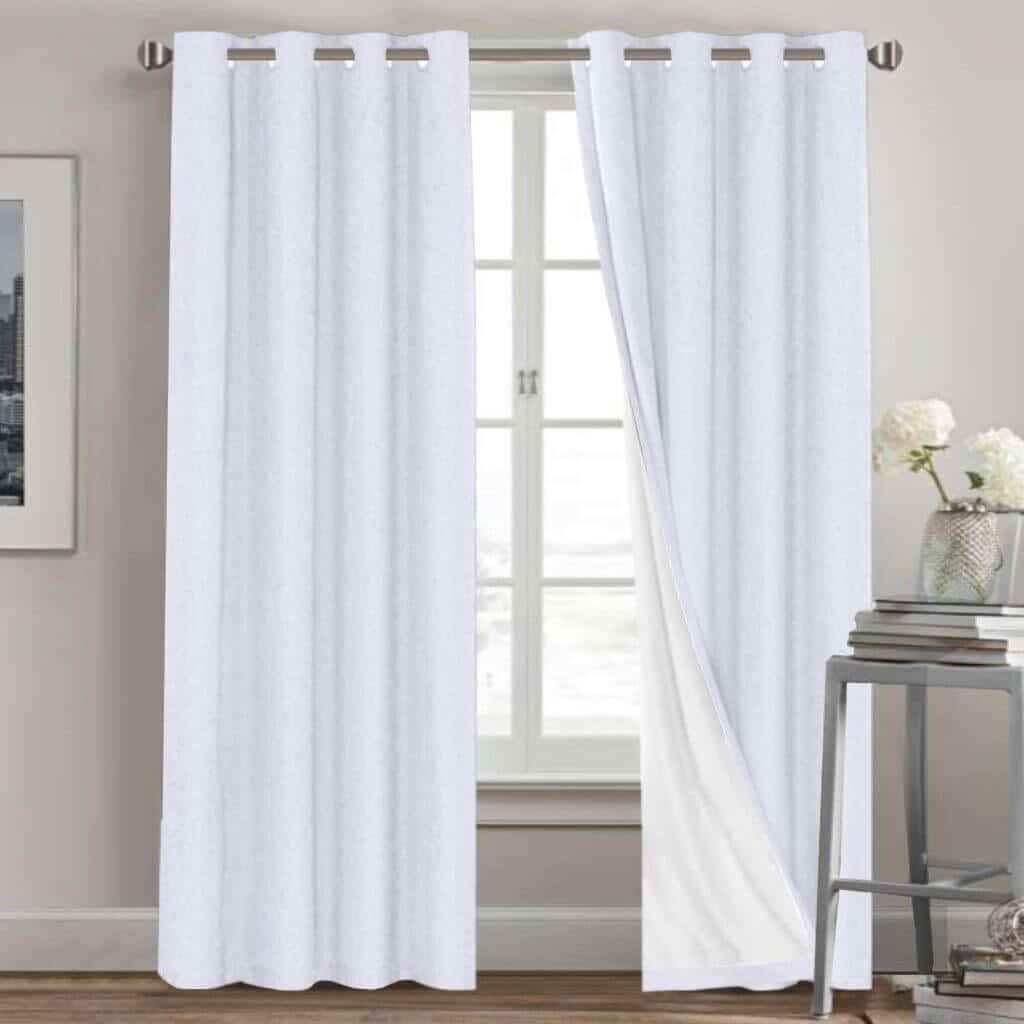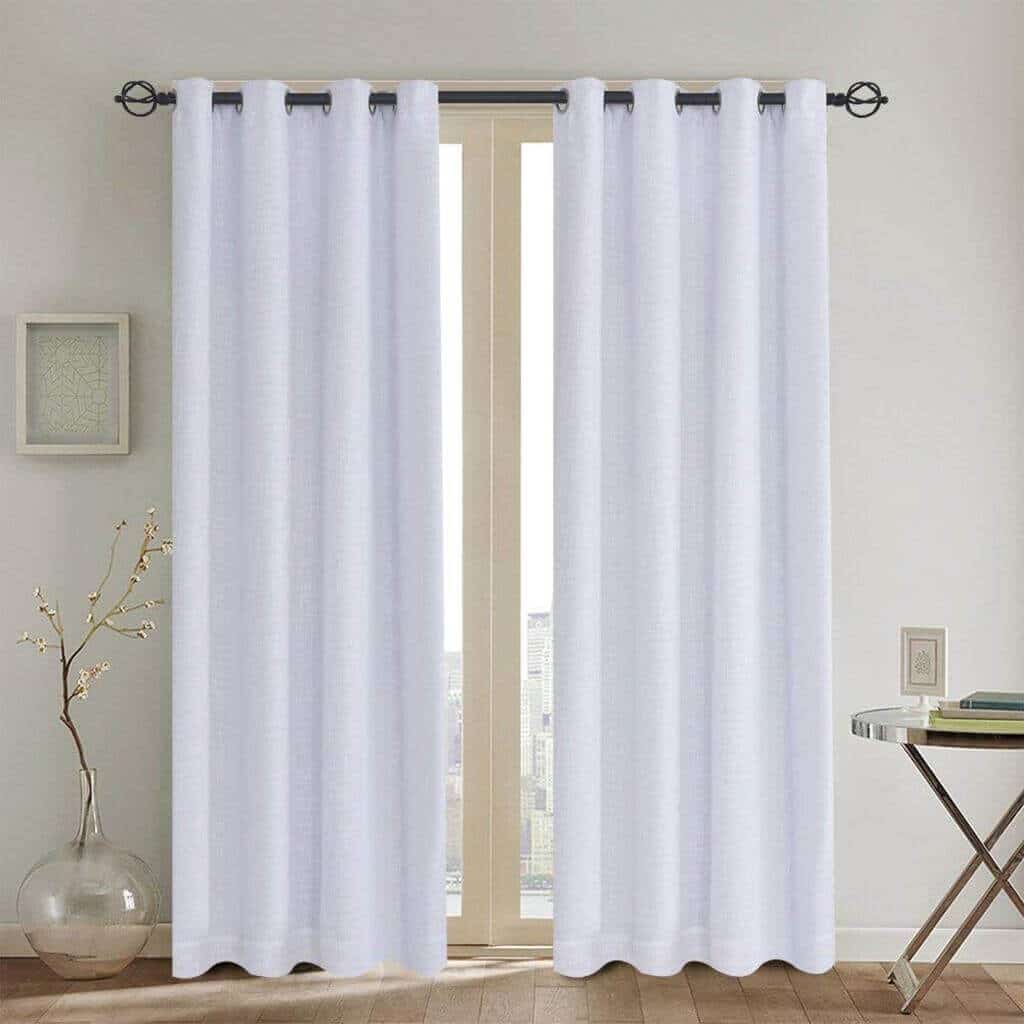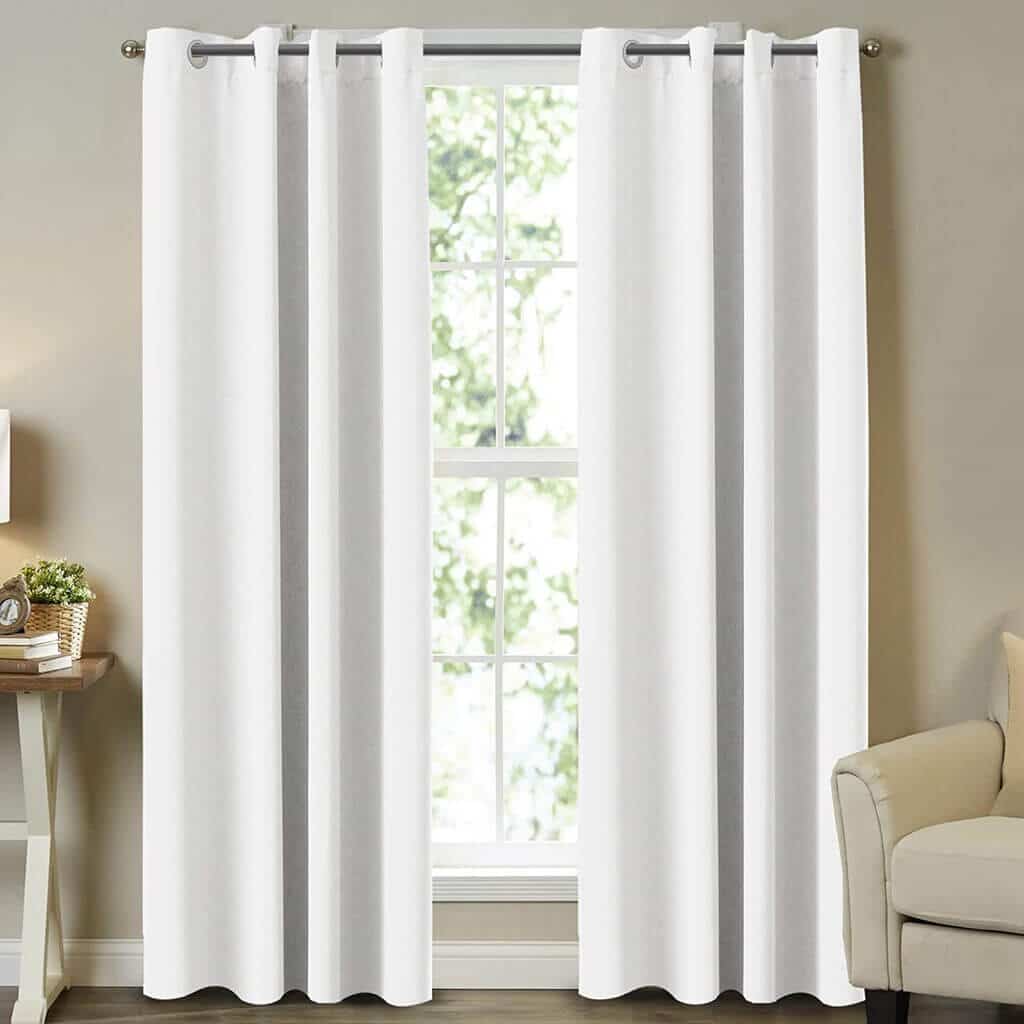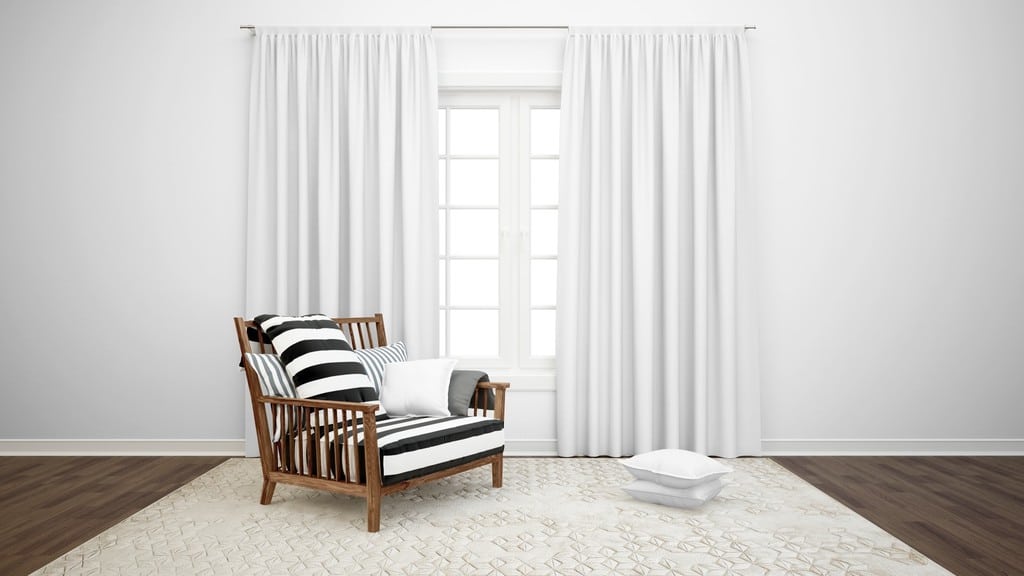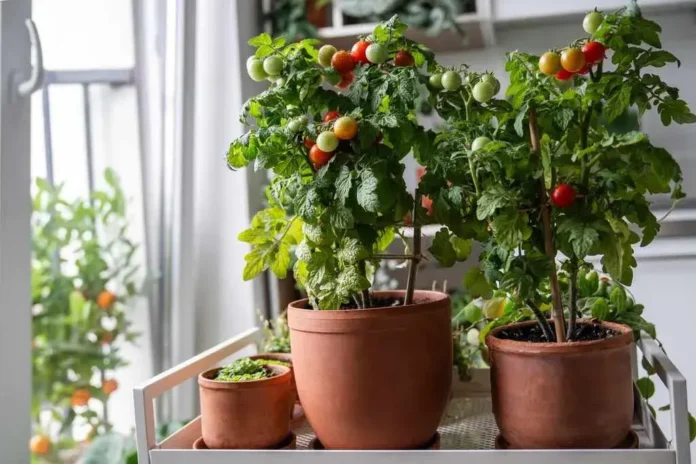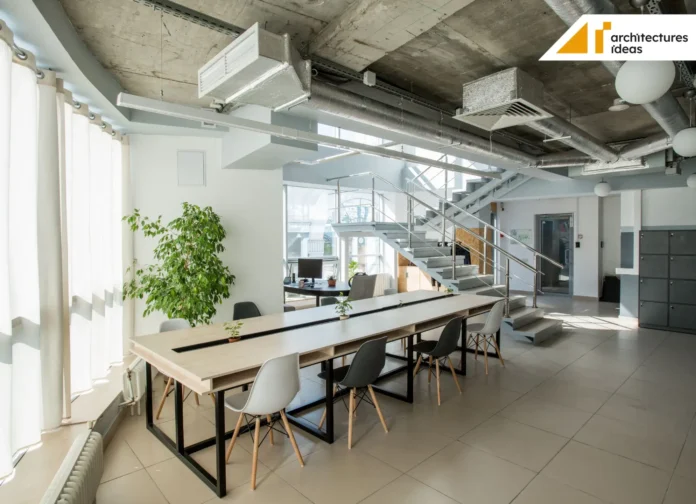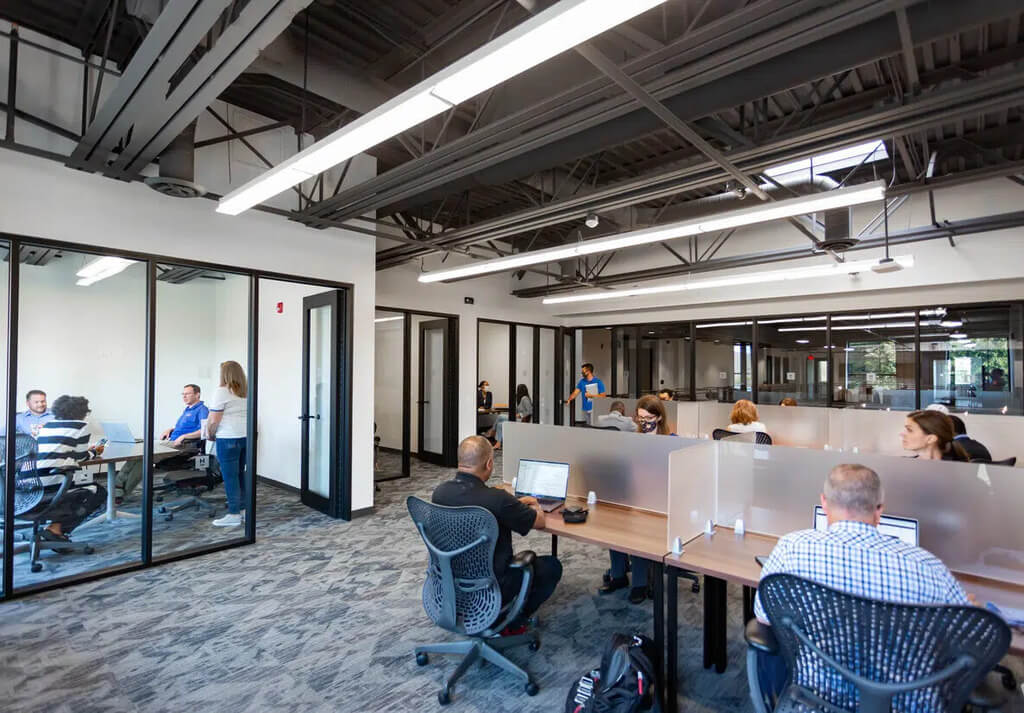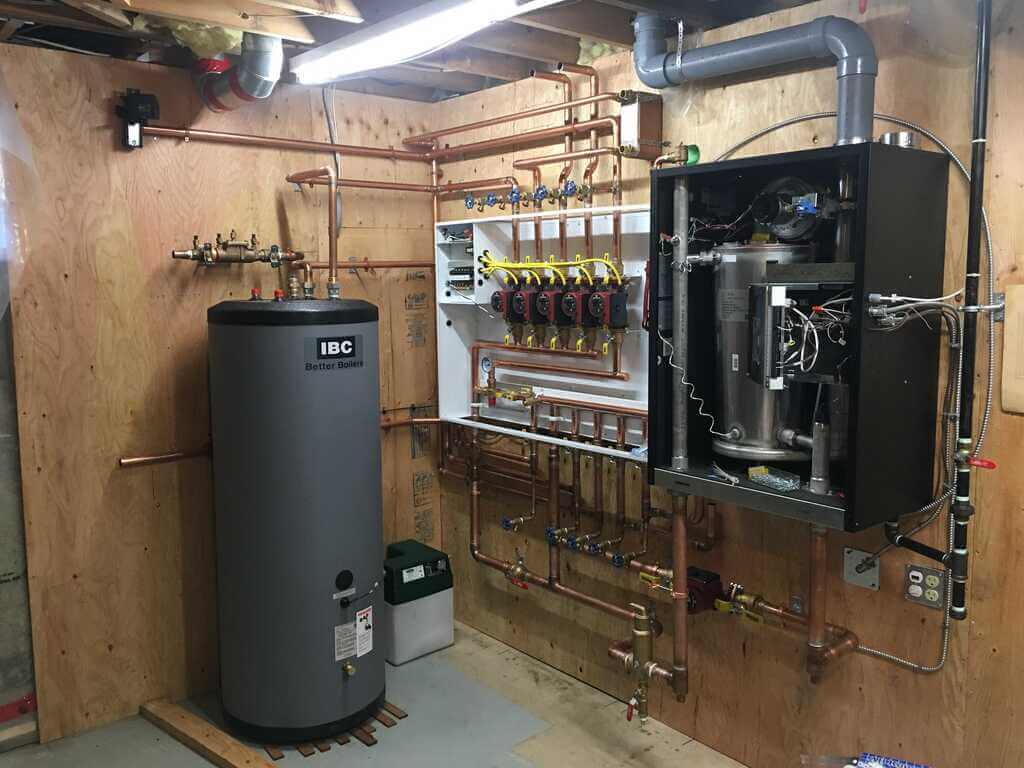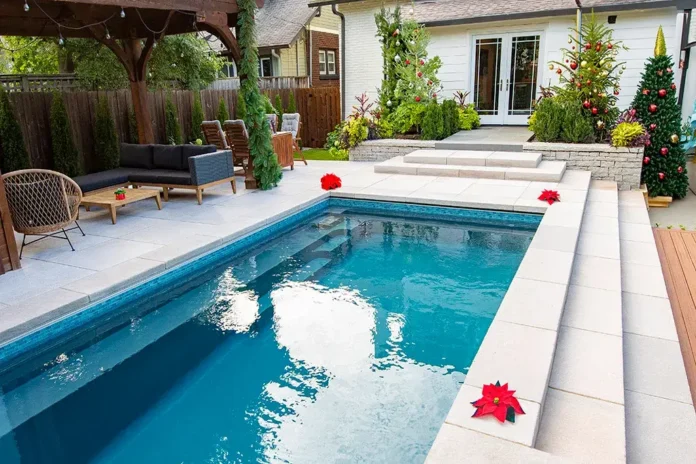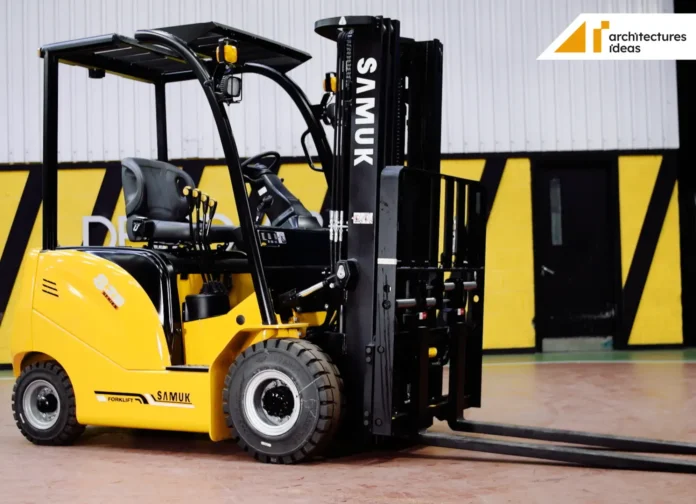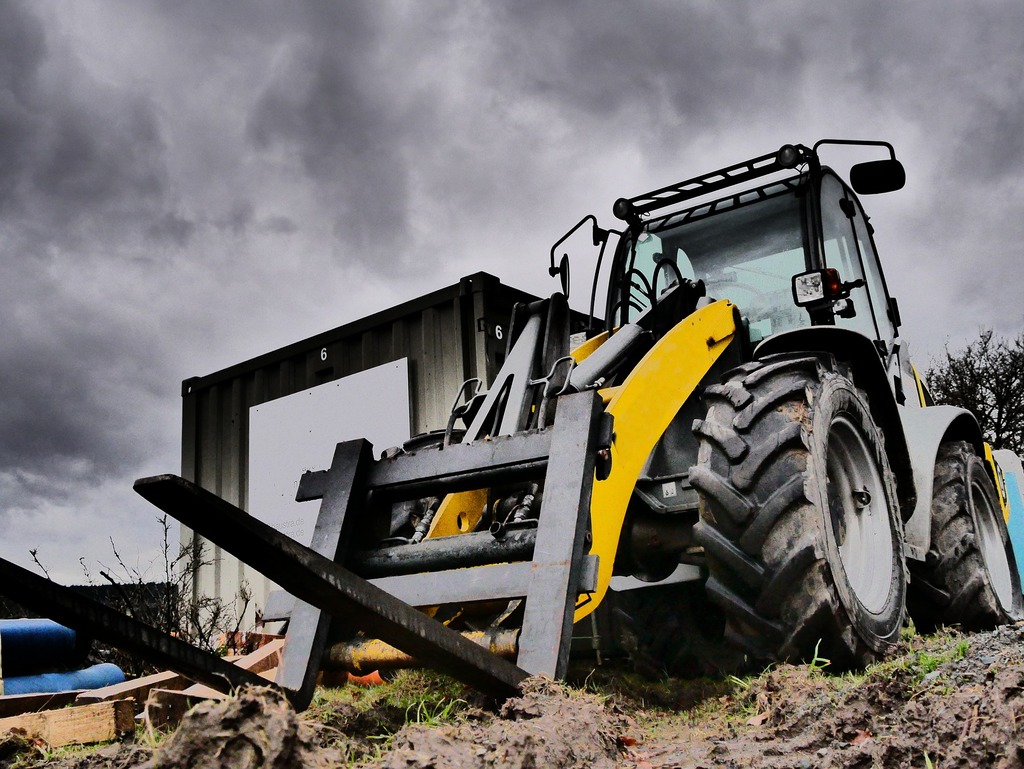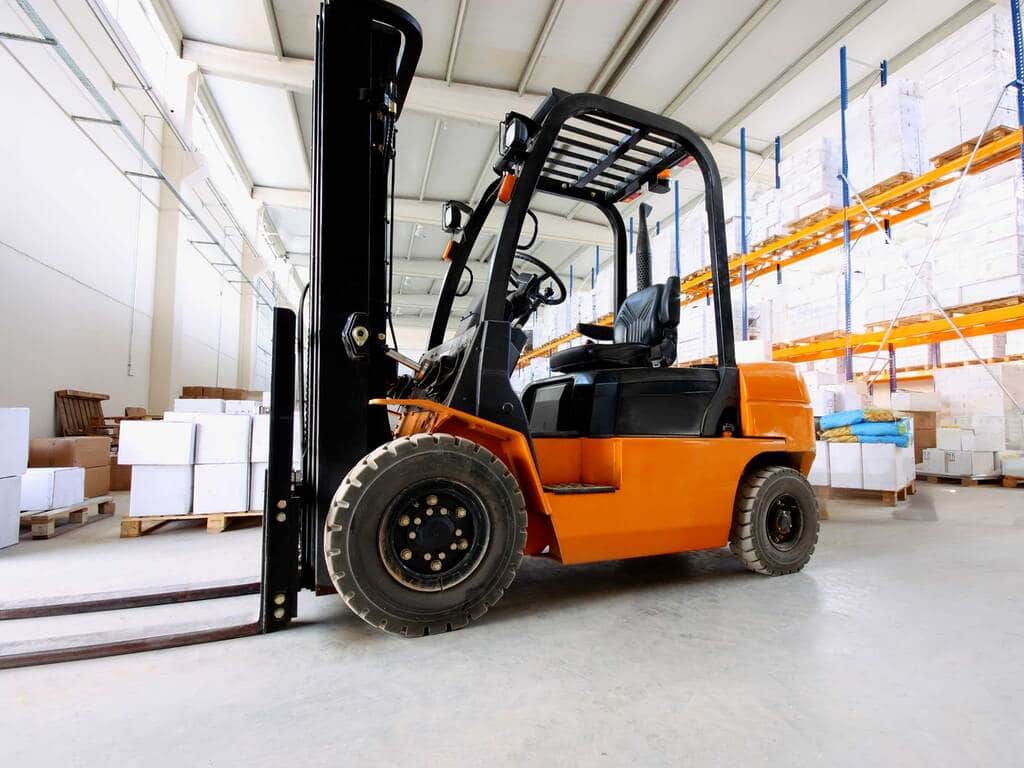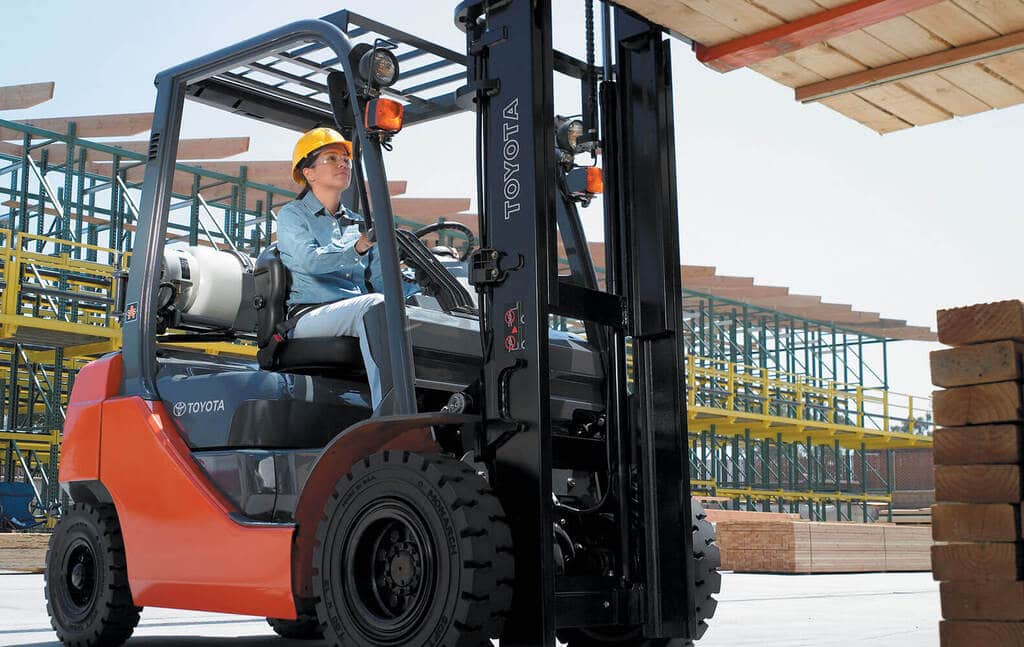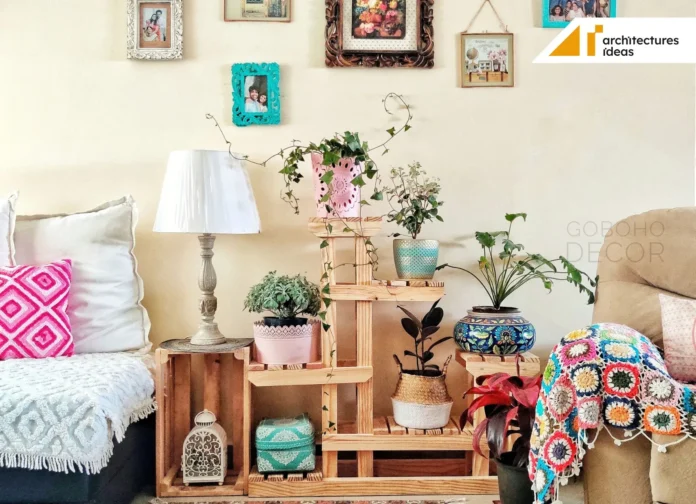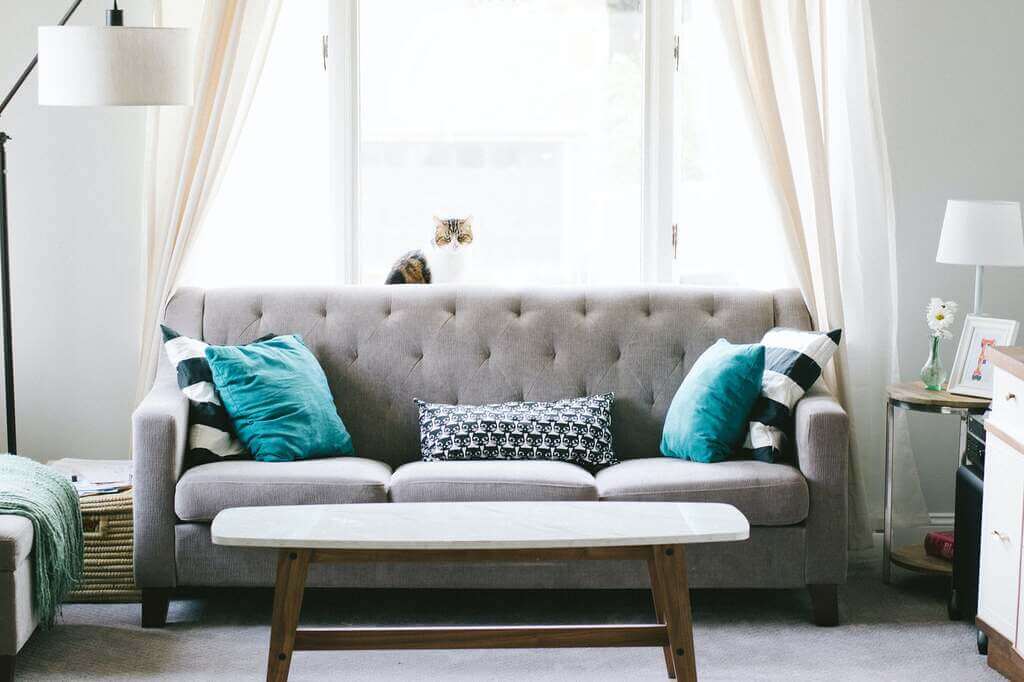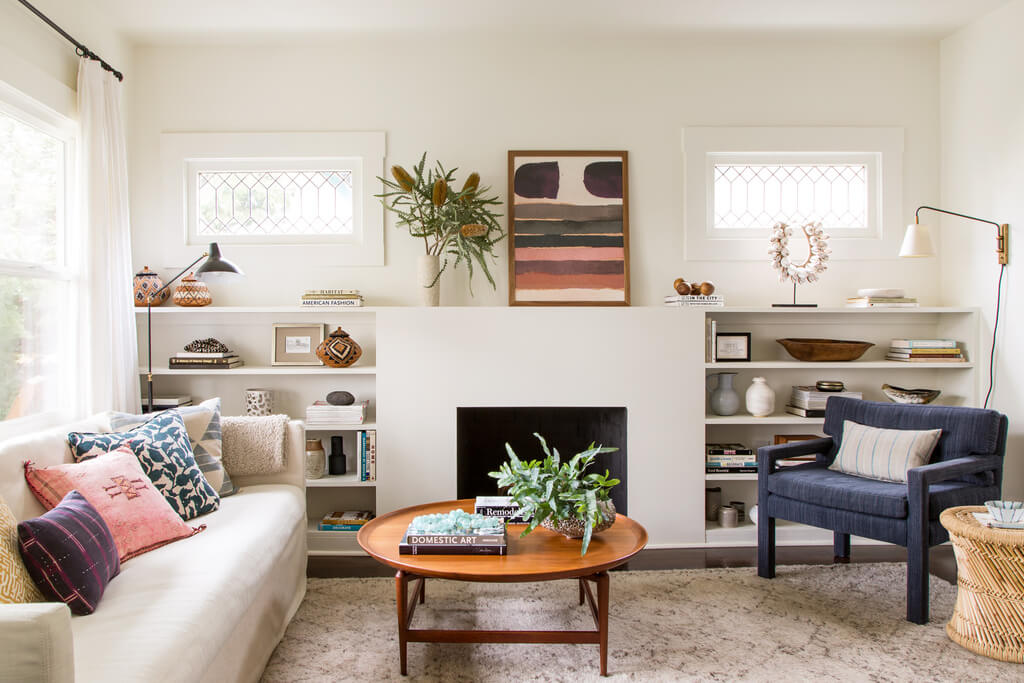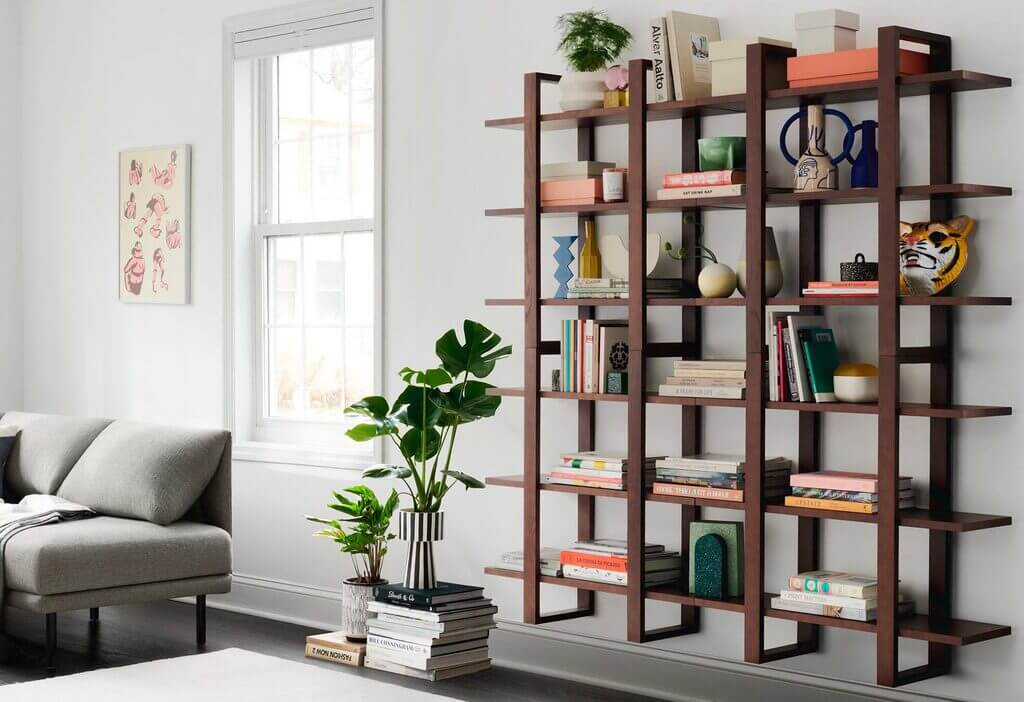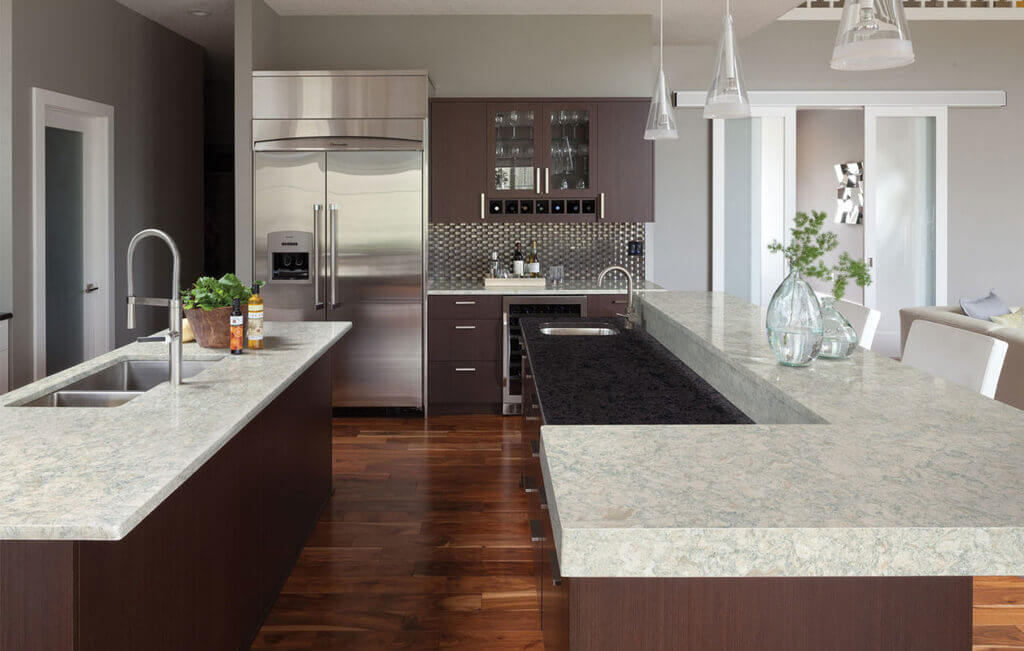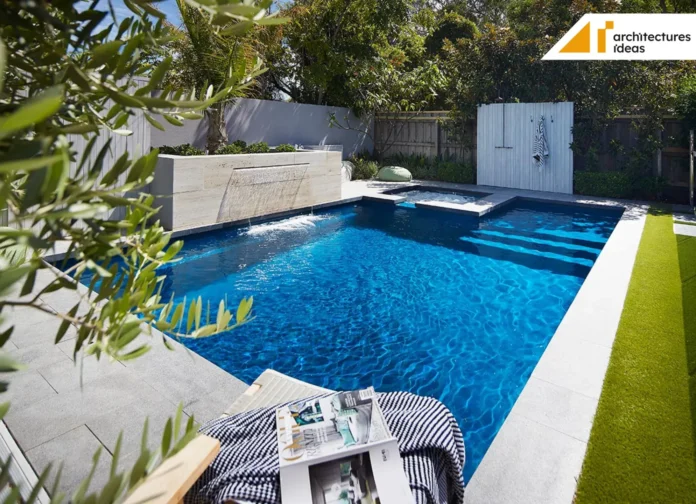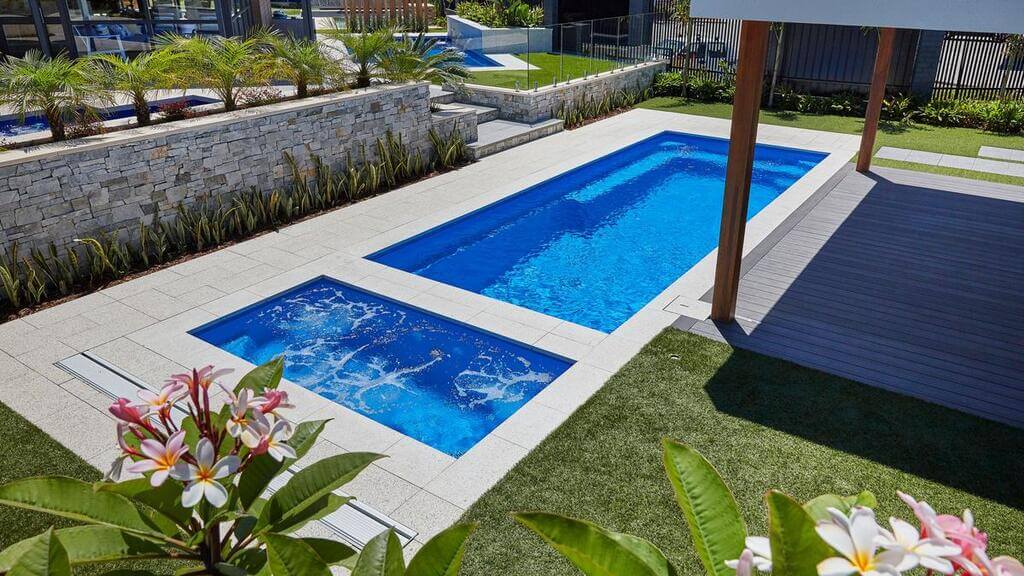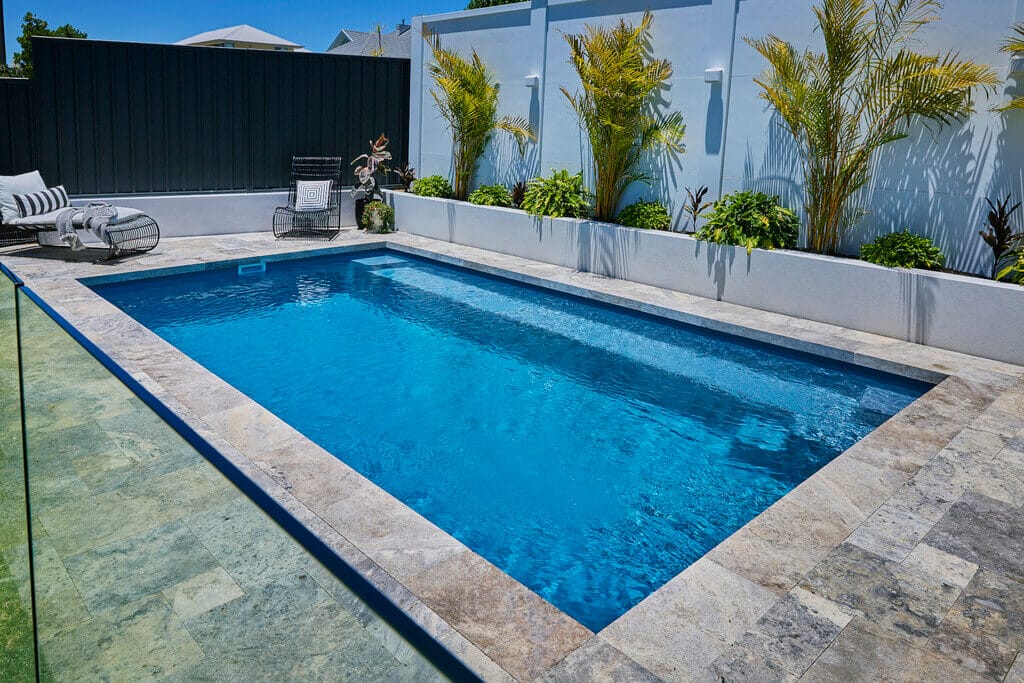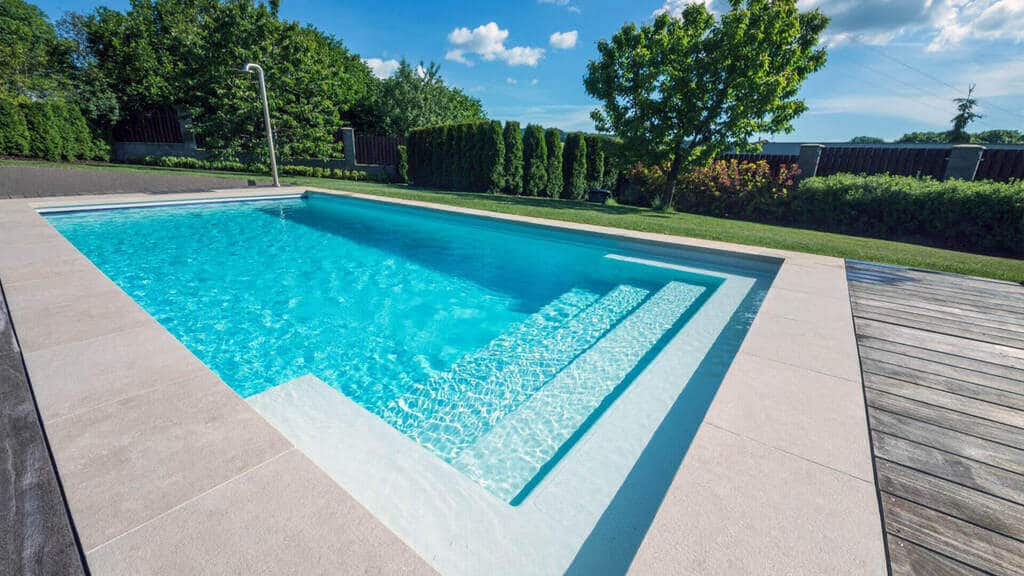Choosing the right fire-rated door is important, but how effective they are during a fire also depends on their correct installation and subsequent maintenance. An incorrectly fitted or poorly maintained fire door could fail in the event of a fire, leading to severe risk to life and property.
This exhaustive guide covers:
- Step-by-step fire door installation tips
- Key parts that influence how it performs
- Service intervals and checklists
In a hospital, as in an office building, school, or high-rise residence, regardless of the application, fire doors are passive fire protection systems that must be in working order to limit smoke and fire.
Pre-Installation Considerations
1. Verify Certification and Ratings
Before beginning any installation:
- Make sure that the door assembly is rated for the fire protection that you require for your type of building. Fire-rated doors are tested to see how many minutes they can resist fire during a fire test. Common ratings are 20, 60, 90, or 120 minutes.
- Insist that all elements, from frame to hardware to glazing (if your operation involves a glazed product), are from a tested and certified system. Performance may be degraded by utilizing parts from various manufacturers together.
- Align all papers with the actual item. This involves identification labels, specification numbers, any means of test, test certificates, and all documents.
2. Assess the Opening
Before the door is installed:
- Check if the wall to which it will be applied is of fire-resistant materials, with the minimum being as high or higher than the fire rating of the door.
- Look for any structural damage. The opening needs enough backing for the door and frame to support securely.
- Ensure there are enough clearance allowances. It should have a nice even gap, usually around 3 or 4mm around the door to allow the door to close and be sealed tightly.
Step-by-Step Installation Process
1. Frame Installation
The frame is the key part of a fire door system, so it’s very important to install it the right way:
- Fit the fire-rated frames that correspond to the door’s certificate.
- Anchor the framing to fire-safe materials and fasteners (as specified by the manufacturer) at points equal to those of the hinges, and halfway between the hinges.
- Plumb, level, and square everything. Any deflection, however small, can lead to a jam or loss of the end seal.
2. Door Leaf Mounting
If you don’t hang the door properly, it won’t function under load:
- As with all hinges, use all of the designated number, usually 3 or 4, based on the door’s weight and rating.
- Keep the same gap even around all four edges.
- Open and shut the door several times to be on the safe side and document that it works easily, with no dragging or sticking.
3. Hardware Installation
Fire-rated only by utilizing tested fire-rated hardware:
- Closers must be able to shut the door completely from the fully open position in one smooth movement.
- Latches and locks must reliably secure properly in the strike plate to prevent the door from popping open in a fire.
- Smoke seals should be installed based on the door’s fire rating. These seals swell when heated by fire, protecting the contents of the holes.
4. Glazing Procedures
If the door has windows or vision panels, follow these extra instructions:
- Do not use any fire-rated glass that is not rated for the same rating as the door assembly.
- Use proven glazing compounds that can support high temperatures and still hold the seal.
- Keep the door to glass edge clearances even to avoid stress cracks and seal fractures.
Post-Installation Verification
Before we announce the installation to be finished:
- Perform functional tests. Open and close the door at least 10 times to make sure the readings stay consistent.
- Ensure the door to the refrigerator will close on its own and seal securely from any position.
- Check all seals to ensure they are constantly meeting the frame and the floor.
- Record all installation information for later reference, planning, and auditing.
Ongoing Maintenance Requirements
Inspection Frequency
| Building Type | Inspection Frequency |
| Healthcare | Quarterly |
| Education | Semesterly |
| Commercial | Biannually |
| Industrial | Quarterly |
Comprehensive Inspection Checklist
Structural Components
- No cracks, warping, or delamination present in the door leaf.
- The frame is held in place and does not move or bend.
- Supple hinges tight, all screws present.
Operational Features
- Door shuts tight 100% without help.
- Latches firmly when the strike plate is fully engaged.
- Headlight closing speed is acceptable, not too slow (smoky patches) or too fast (danger).
Sealing Systems
- Intumescent seals are intact, clean, and correctly located.
- Smoke seals should always touch three sides of the frame around the door.
- There is no 3 mm or larger gap around any cutout, including the door, which may be left unsealed.
Common Maintenance Issues and Solutions
Problem: Door Fails to Close Fully
Causes:
- Misadjusted closer
- Hinge wear
- Floor obstruction
Solutions:
- Rebalance closer settings
- Replace worn hinges
- Clear the obstruction or adjust the threshold
Problem: Visible Gaps at Perimeter
Causes:
- Settled building
- Warped door
- Missing seals
Solutions:
- Adjust the frame as needed
- Replace the damaged door
- Install new intumescent seals
The High Cost of Poor Maintenance
You should never ignore fire doors because:
- Failed And Non-Compliance Inspections
- Door system resin warranties voided
- Failure to operate catastrophically in a real fire situation.
Installation Quality Equals Life Safety
Correct installation and maintenance of fire doors is about more than just compliance; it’s about making sure these vital safety features will function when they’re needed most. Following these detailed procedures and adhering to a strict schedule of inspections, building owners and operators can be assured that their fire protection systems will operate as expected in an emergency.
In Case You Missed It!


